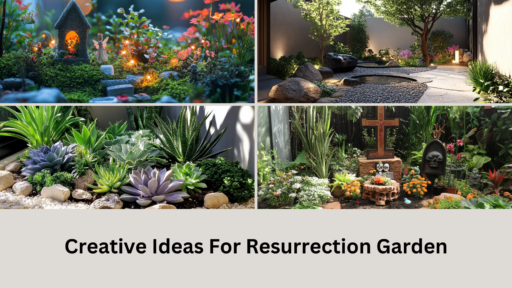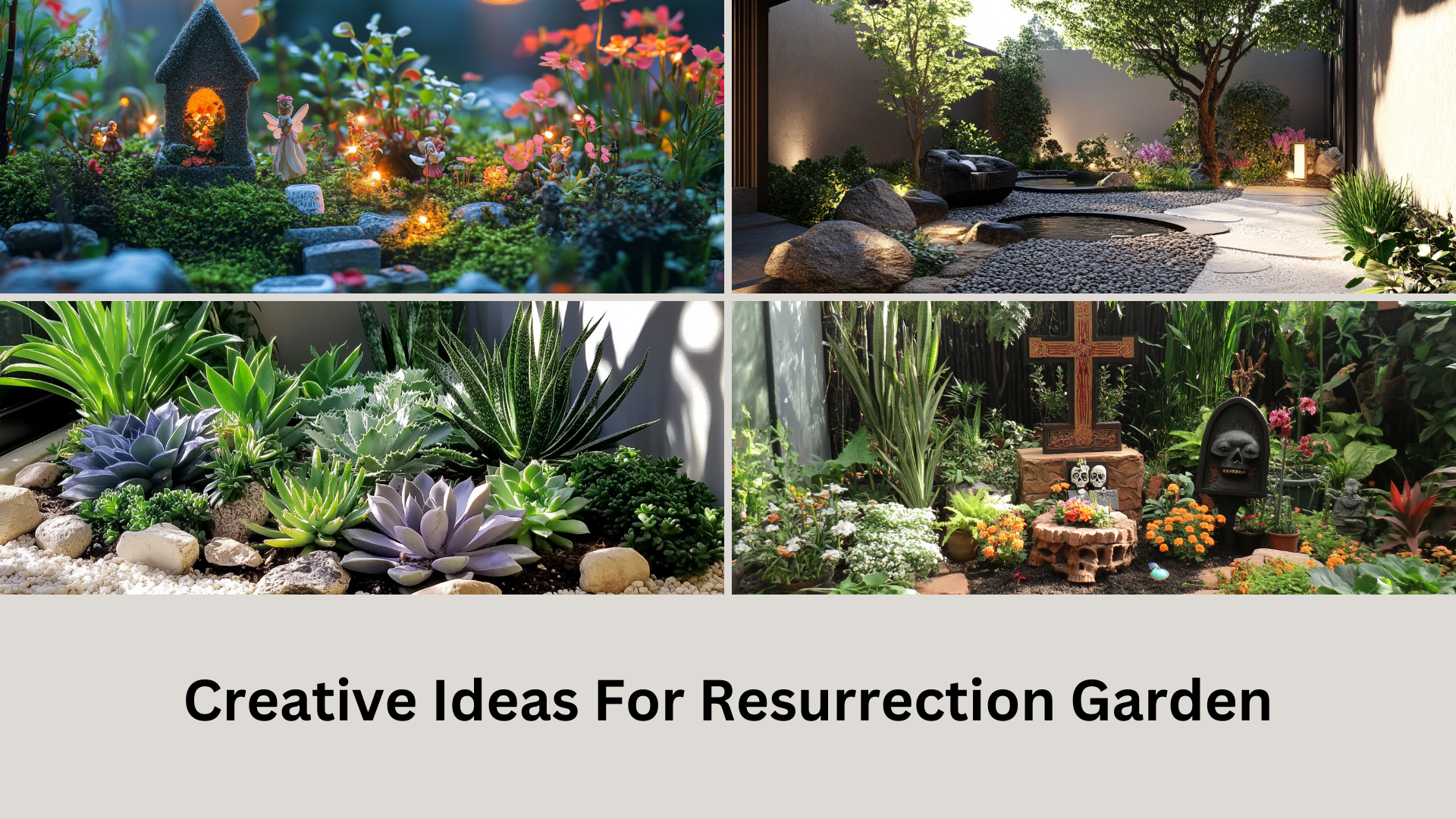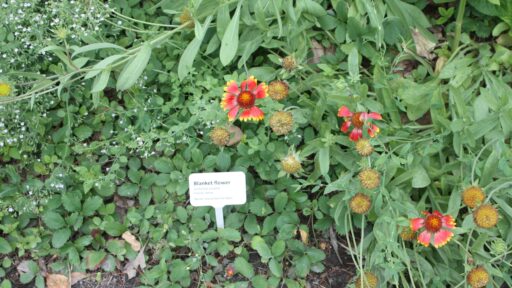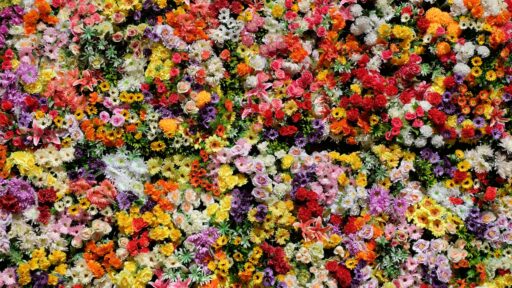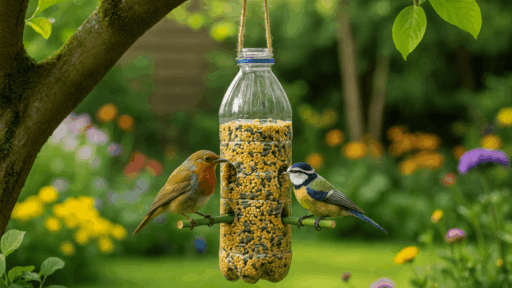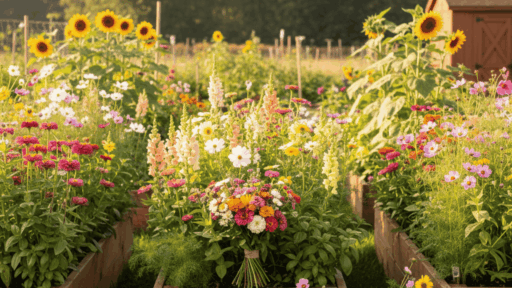Looking to add deeper meaning to your celebrations this year? Imagine creating a miniature garden in your home that brings the powerful resurrection story to life.
A resurrection garden isn’t just another craft project – it’s a hands-on way to connect with the story that will attract adults and children alike.
Picture your family gathering around, carefully placing each element while sharing the timeless narrative of hope and renewal.
This interactive project converts abstract concepts into tangible experiences, making it easier for children to grasp the significance of celebrations. As your garden takes shape, watch their eyes light up with understanding and curiosity.
Are you ready to undertake this meaningful experience? Let’s learn how to create a resurrection garden that will become a cherished part of your house.
Materials Required For This Project
Gathering the right supplies is the first step to creating a meaningful Easter display. These carefully chosen materials will bring your resurrection garden to life, each serving a specific purpose.
| Materials | Purpose | Estimated Cost |
|---|---|---|
| Lightweight container with florist foil lining | Provides a base for planting, ensuring stability and drainage | $10 – $20 |
| Pea gravel for drainage (1-inch layer) | Helps with drainage to prevent waterlogging | $5 – $8 |
| Pre-fertilized, well-draining potting soil | Supports plant growth and ensures soil health | $8 – $15 |
| Variety of plants (mahogany fern, ajuga, miniature roses) | Adds greenery and life to the garden, representing renewal | $10 – $25 |
| Sheet moss for natural coverage | It gives the garden a natural, earthy look | $6 – $10 |
| Decorative stones for the tomb | Represents the tomb, adding symbolism to the scene | $5 – $12 |
| 3 wooden crosses (one tall, two smaller) | Symbolizes the crosses at the crucifixion | $8 – $15 |
| Oasis floral foam for stability | Provides support and stability for the plants and decorations | $3 – $6 |
| Flower tubes for fresh blooms | Holds fresh flowers in place for added beauty | $4 – $8 |
| White garden phlox for decoration | Enhances the visual appeal of the garden | $5 – $12 |
The combination of practical elements with decorative touches helps generate a display that’s both beautiful and spiritually significant.
Step-by-Step Tutorial For Resurrection Garden
STEP 1: Choose Your Container and Prepare the Base

Start by selecting a large, lightweight container to hold your resurrection garden. Line the container with florist foil to protect it from moisture.
Add a layer of gravel for drainage, followed by loose, pre-fertilized potting soil to ensure proper root growth and good drainage.
STEP 2: Plan Your Layout from Low to High

Position your focal point (the empty tomb) in the center for a visually appealing garden. Surround it with plants, arranging them from shortest to tallest.
This creates depth and drama, with cascading plants framing the focal point and adding texture and movement to the design.
STEP 3: Select Plant Materials

Choose plants with contrasting textures and colors. For drama, use cascading plants like ferns and ground cover like ajuga.
Add roses for color and incorporate a chartreuse-green plant like South Vanilla for contrast. These plants will enhance the garden’s natural beauty.
STEP 4: Create the Pathway and Entrance

Add a small gravel pathway leading up to the tomb for a realistic touch. To conceal any visible mechanics, like the plastic liner, cover them with sheet moss.
The moss helps tie everything together while providing a natural, organic look and keeps the soil in place.
STEP 5: Add Final Touches with Stones and Crosses

Finish your resurrection garden by placing stones around the tomb for a natural, rocky terrain feel.
Insert crosses (representing Jesus and the thieves) into the soil, securing them with Oasis floral foam to prevent them from shifting. Add decorative touches like flower tubes for a vibrant, celebratory look.
Video tutorial By Millstone Market.
Maintaining Tips For Resurrection Garden

1. Watering Wisely
Proper watering is crucial for your garden’s survival, especially if you use real grass. Too little water can cause wilting, while too much can lead to mold growth. Finding the right balance helps create the lush, green symbolism of new life.
- Mist with a spray bottle 1-2 times daily
- Ensure soil feels damp but not soggy
- Water early in the day for best absorption
2. Finding the Perfect Spot
Location plays a vital role in your garden’s health. Proper lighting fuels growth for real plants, while the right placement protects real and artificial arrangements from damage and helps maintain their symbolic beauty.
- Choose a spot with 4-6 hours of indirect sunlight
- Keep away from heating/cooling vents
- Set on a stable, level surface
3. Regular Care
Consistent maintenance keeps your garden looking neat and presentable, preserving its role as a meaningful Easter centerpiece. Regular grooming helps maintain the garden’s dignified appearance.
- Trim grass when it reaches 2-3 inches tall
- Check daily for any wilting or discoloration
- Gently clean stones and tomb entrance weekly
4. Smart Storage
Proper storage ensures you can continue this meaningful tradition year after year. Taking care of the components helps preserve the materials and the special memories of creating your garden.
- Clean and dry all items before storing
- Label containers with contents and assembly tips
- Store crosses flat to prevent warping
Creative Resurrection Garden Ideas To Inspire Your Design
1. Easter Resurrection Garden

This traditional design features a miniature empty tomb, crosses, and symbolic stones. Its natural elements highlight themes of resurrection and evoke the significance of Easter and Christ’s resurrection.
2. Minimalist Stone & Moss Resurrection Garden

This simple design uses smooth stones and lush moss to symbolize renewal and rebirth. It is perfect for those who prefer a peaceful, understated look with subtle spiritual meaning.
3. Succulent Resurrection Garden

This garden represents strength and resilience. The plants thrive with minimal water, reflecting life after hardship while offering a simple yet striking visual appeal.
4. Vertical Wall Resurrection Garden

A vertical garden design that saves space while making a bold statement. Ideal for smaller areas, it incorporates plants like ferns and moss to evoke themes of growth and resurrection.
5. Fairy Garden Resurrection Scene

A whimsical garden with tiny figurines, moss, and soft flowers. The fairy garden brings a charming twist to the resurrection theme, incorporating tiny scenes of rebirth and renewal playfully.
6. Japanese Zen Resurrection Garden

This Zen-inspired resurrection garden symbolizes peace and renewal through sand, smooth stones, and bamboo. Its minimalist approach to representing life’s cycle has a calming effect.
7. Edible Herb Resurrection Garden

An edible garden filled with fresh herbs like basil, rosemary, and thyme. It connects the theme of resurrection with practical use, allowing the plants to symbolize growth and nourishment.
8. Mexican Día de los Muertos Resurrection Garden

Inspired by the Mexican celebration, this garden incorporates marigolds, candles, and colorful elements. It honors life and death and symbolizes rebirth through deep flowers and the warmth of light.
9. Seasonal Spring Bulb Resurrection Garden

This spring-focused design uses seasonal bulbs like tulips, daffodils, and hyacinths. It symbolizes new beginnings and a rich life cycle, celebrating nature’s annual renewal with colorful blooms.
10. Memorial Stone Resurrection Garden

A memorial-style resurrection garden that includes personalized stones with loved ones’ names. It is a tribute to those who passed, symbolizing rebirth and remembrance through meaningful rocks and plants.
11. Indoor Terrarium Resurrection Garden

This compact resurrection garden is housed inside a glass jar or cloche. It creates a small, self-contained world, symbolizing rebirth and renewal in an enclosed space. It is perfect for indoor settings.
12. Upcycled Materials Resurrection Garden

An eco-friendly resurrection garden made from upcycled materials like wood, metal, or ceramics. This sustainable design brings new life to old objects, symbolizing renewal and the growth cycle.
13. Wildlife-Friendly Resurrection Garden

A wildlife-friendly resurrection garden encourages nature with plants that attract pollinators and provide shelter. It symbolizes rebirth by supporting local ecosystems and nurturing life in all its forms.
Conclusion
Creating a miniature garden is more than just a craft project—it’s a meaningful tradition that changes your space into a peaceful sanctuary.
Through careful planning, thoughtful assembly, and dedicated maintenance, you can design a beautiful display that serves as a decorative centerpiece and an engaging activity for the whole family.
If you use real plants or artificial alternatives, your garden can become a cherished part of your home throughout the seasons.
Tending to your garden becomes a mindful practice, with each element carefully chosen and maintained.
With proper care and attention, your miniature garden will flourish as a testament to nature’s beauty and serve as a focal point for peaceful moments of reflection and family connection.

